Last night I attended the MPRP "Open House" in Brunswick. It made the guy from Assedo pretty nervous that we wouldn't sign in and give them our information, but he said we were welcome to look around. So, I did. I think maybe he changed his mind later when he spied us chatting with the reporter from Fox because he found it so intriguing he needed to document it with photographs. I saw you, dude. Somehow, I don't think PSEG is going to be using those photos for public relations purposes.
MPRP's "Open House" was right out of the utility playbook. Free food and beverage, free tchotchkes, and plenty of free propaganda from subject matter "experts" that sometimes couldn't stay within their specialties. Most of them were very nice, heck, they're just doing a job. A couple were quite snotty when they realized I knew they were blowing smoke. And I got so far under the PJM guy's skin that he started "m'am"-ing me. The sickest part of these open house meetings to me is always the Indoctrination Station for the kiddos.
The first stop was the table with the PJM guy. Stu Widom had lots of helpful information, but didn't know much about the actual planning process, and it showed. Got himself all tweaked when I mentioned the precedent PJM has recently set by changing the route of a different project so it doesn't affect wealthy and politically connected people in Virginia's wine and horse country. Why don't you ask Stu about that tonight? He likes to pretend that it was for "environmental reasons" but it was nothing of the sort! The new route crosses the C&O Canal NHP TWICE. Environmental my foot. Of course, poking the rich and powerful might affect Stu's own personal environment as one of PJM's political schmoozers, so maybe that's what he meant? He obviously wasn't there to talk with citizens, but to use his bee smoker on any angry legislators or government officials who showed up.
Next I talked to one of the land agent ladies, who pretended that's not what she was. I asked her when they were going to release the land agents on the citizens impacted by this project and she acted all confused. I asked her if land agents would be calling on people BEFORE or AFTER the Maryland Public Service Commission approves this project. She assured me land agents would only contact you AFTER the MD PSC approves. We both knew she was full of it, and my investigation of regulatory filings this morning confirms
The Project is a greenfield project for most of the project route, which poses uncertainty and risk. With an in-service date of June 1, 2027, the Project faces an aggressive timeline to execute and complete all construction activities. The Project must manage ROW permitting and land acquisition risks associated with the greenfield line routes in a compressed period of time. For instance, PSEG RT will need to obtain ROWs, rights-of-entry, easements, and temporary access agreements, and in these efforts, may encounter local opposition from landowners.
Next was one of the routing guys who told me this project was needed to supply electricity to the local area. I told him he was wrong, then he admitted that he wasn't the subject matter expert on that. He suggested I go over to Stu's table to find the answer to that question. I said I'd already been there and maybe HE should go talk to Stu. He refused, so I suggested that he not lie to people about that anymore,
I talked with a delightful young lady at the structure/electrical engineering poster. She showed me the selected H-frame structures and told me the poles were 40 feet apart and that it would be possible to drive farm equipment between them. I asked her what happens if someone tried that and accidentally clipped one of the poles and it fell over. Who would be liable? She didn't know. I didn't suggest that she volunteer for a farm machinery rodeo, where the power company person stands in a field with their arms outstretched and pretends to be a transmission tower while farmers see how close they can drive their gigantic pieces of equipment to the "tower" without knocking it over.
I talked with another routing lady who confirmed that paralleling existing transmission lines can actually be MORE destructive than cutting new greenfield lines. We talked about how homes and other structures are often sited right outside transmission rights of way that have existed for decades. Paralleling that corridor with a new 150-ft wide easement would destroy everything adjacent to the existing corridor. She said MPRP would go around homes rather than over or through them, but had to minimize how many times its line crossed the existing line. There was also a problem where a home stood on either side of the existing easement, preventing expansion on either side. She didn't know what MPRP would do in that instance. One of those homes would have to be sacrificed, that's what. Whichever side of the existing easement has more homes wins. However, when MPRP uses new easements, it can go around any home or other obstruction and won't have to destroy anyone's home.
And finally, I talked with PSEG's staff lawyer, who happened to be sitting at Stu's table.
PSEG has applied at the Federal Energy Regulatory Commission to be granted three transmission incentives. The first is the Abandoned Plant Incentive. If granted, PSEG would be able to recover all its prudent expenditures on MPRP in the event that it is abandoned before being built through no fault of PSEG. This would include if cannot get the permits it needs, or if PJM's need for the project changes. The second is to set a preliminary debt/equity ratio of 55/45%. This isn't anything to get concerned about. The third incentive is recovery of PSEG's expenses related to this project once the project has an approved formula rate. PSEG's initial expenditures will be recovered over a 5-year period once it has a recovery method. This means that all the money PSEG has spent preparing this project for PJM, ushering it through PJM's competitive process, it's legal costs to make those FERC filings, the cost of all its contractors (routing, engineering, land acquisition, public relations), the food, the coloring books, even those cute little hardhat flashlight keychains (be sure to get one!). Everything PSEG has already spent will end up added to ratepayer bills once it has its formula rate established. The one made up fib the lawyer told was that PSEG was paying for all the current costs of the project out of the goodness of their hearts. I hope she knew as well as I did that those costs were being put in an account as a regulatory asset that would be recovered (with interest) at a later date.
First, PSEG is waiting for FERC to approve its incentives. Afterwards, PSEG will file for approval of its formula rate and rate of return. Bet your eyes glazed over just then, right? Stick with me here... A formula rate is a set of tables that calculate a yearly rate based on numbers that the transmission company plugs in from their ledger. As things are paid for, the costs get added to certain accounts, and the account totals get transferred to the formula rate on a yearly basis. The number that comes out the end of the formula is the amount that electric consumers pay for the transmission project on a yearly basis. A rate of return is how much interest the company earns on its capital expenses. That includes physical assets, like transmission lines, land they sit on, and it also includes the cost of building them in the first place. It's heady stuff, but anyone with a little accounting experience can handle it just fine.
Once the formula rate and rate of return is set by FERC, you can help PSEG look over its costs every year to make sure they don't include any costs in their formula rate that shouldn't be charged to ratepayers.
To wrap up... I urge you to download and read PSEG's application for FERC incentives. It may answer a bunch of the questions I have seen swirling around, such as where's the data proving need? Why was this project selected instead of upgrading existing lines? If you have questions, why not take them to the PSEG attorney at tonight's meeting? She's fun to talk to. Be nice.
Another utility "dog and pony show" in the books. Don't expect to accomplish much. MPRP isn't going to be stopped at any of these meetings, but attending is your first step. It's simply a networking opportunity. Come hungry. As one landowner remarked at one of these shows years ago... "We might as well eat. It might be all we get."
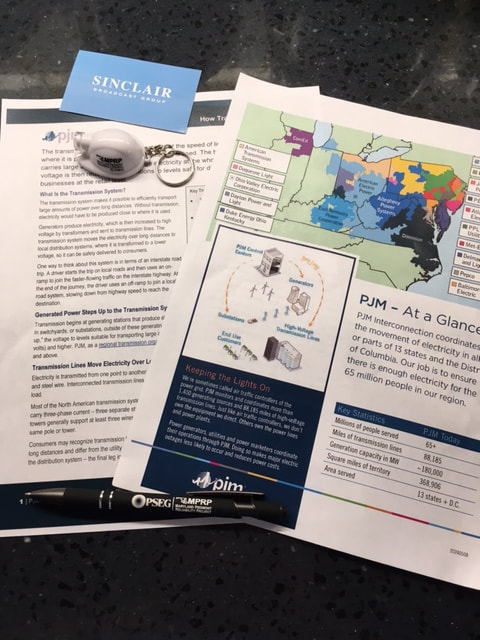

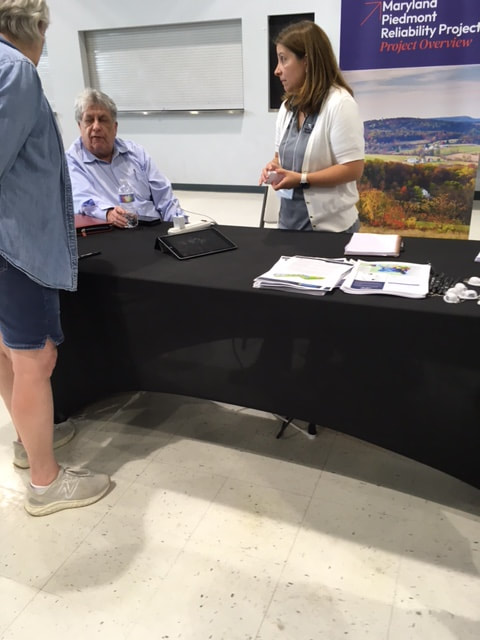
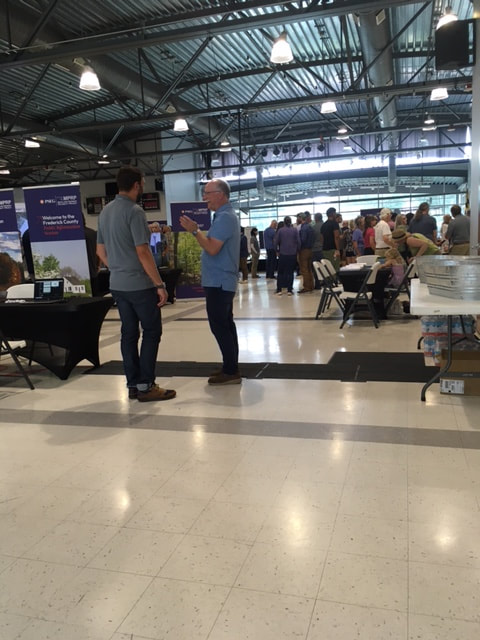
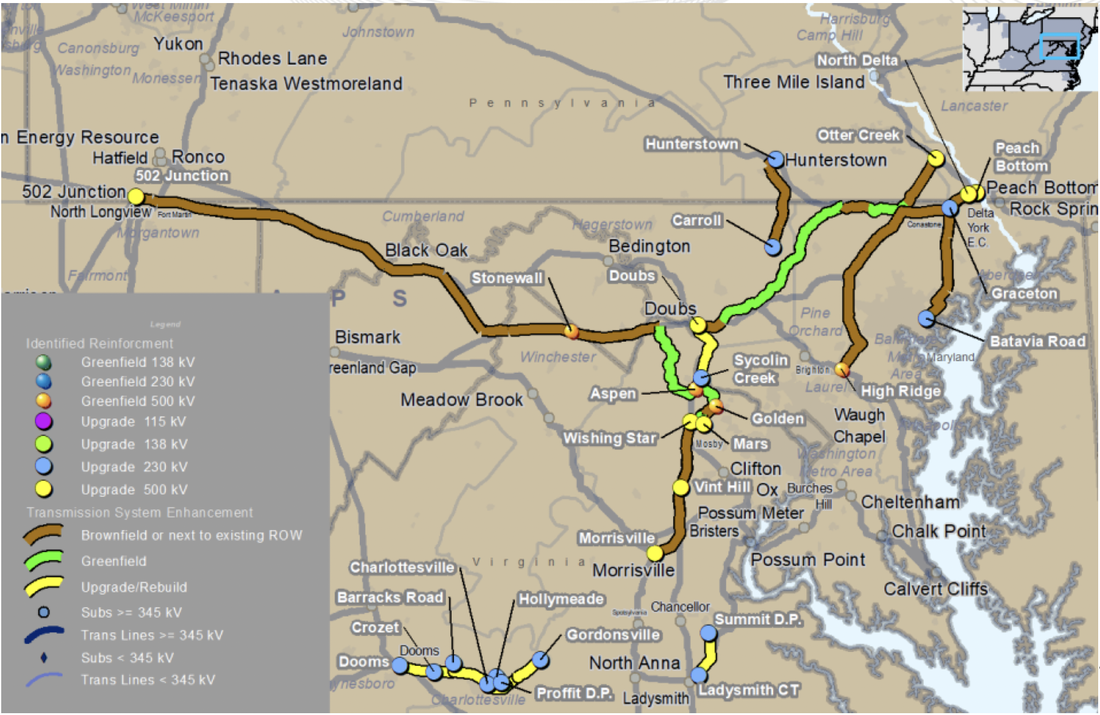
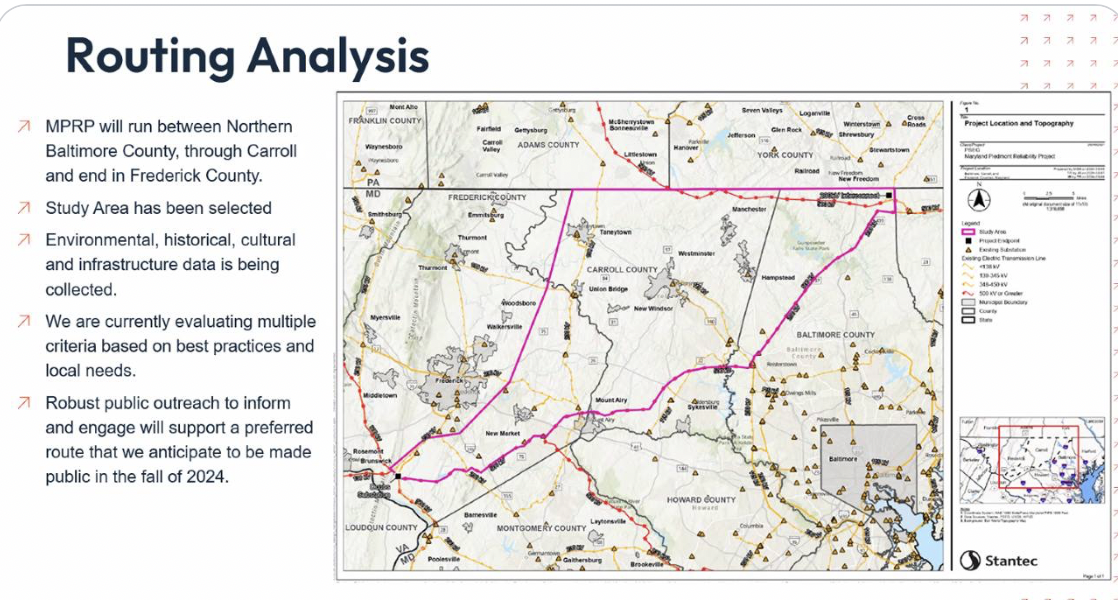
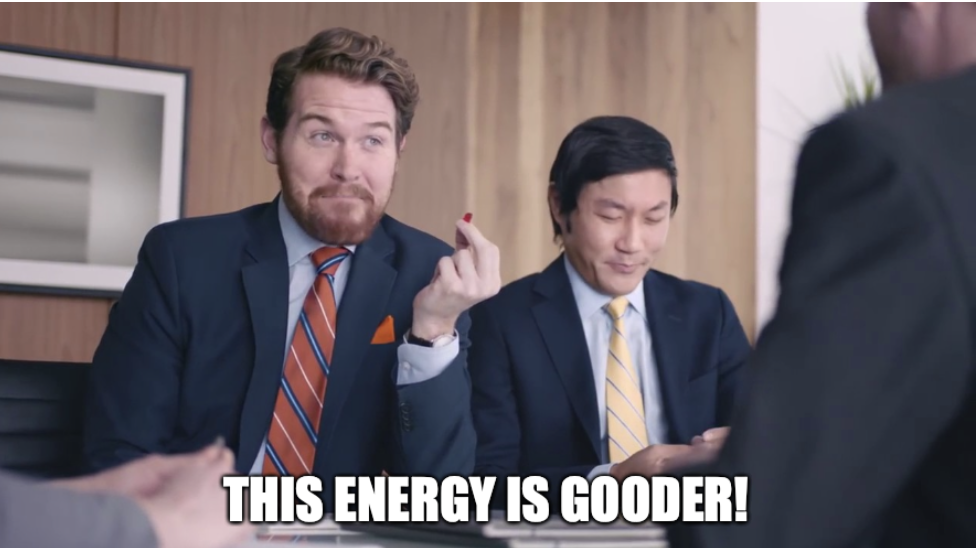

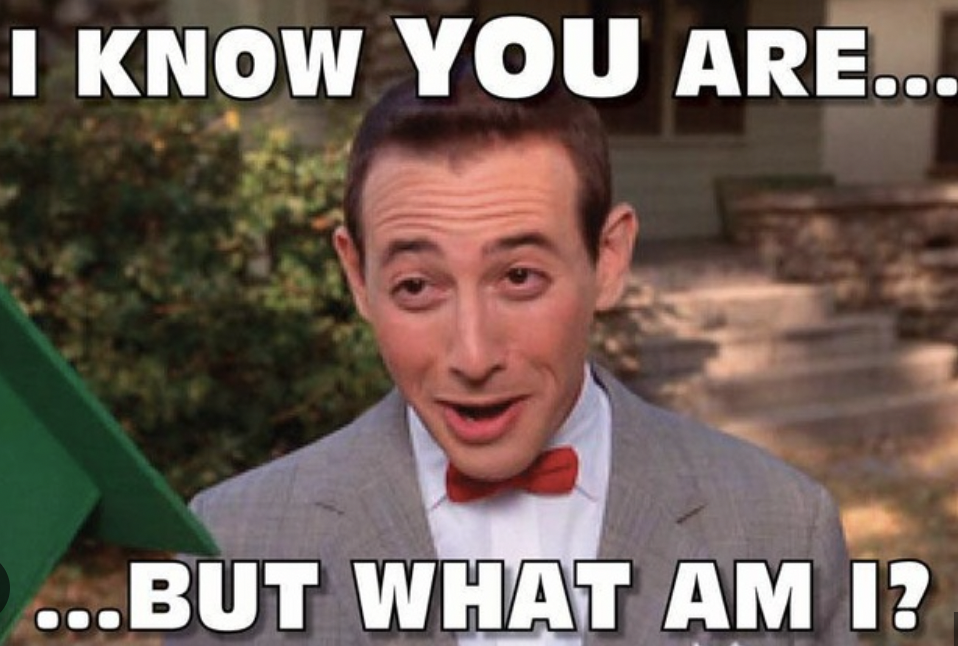
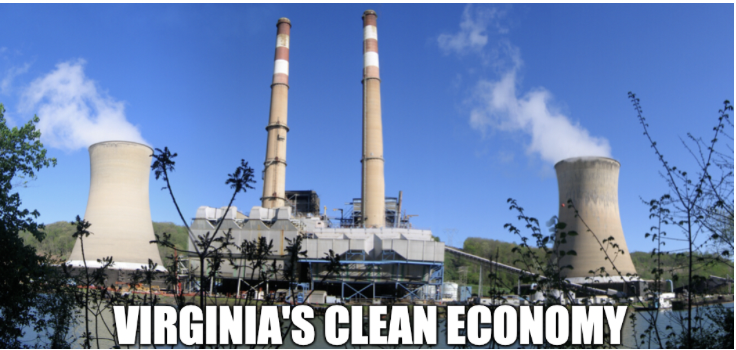

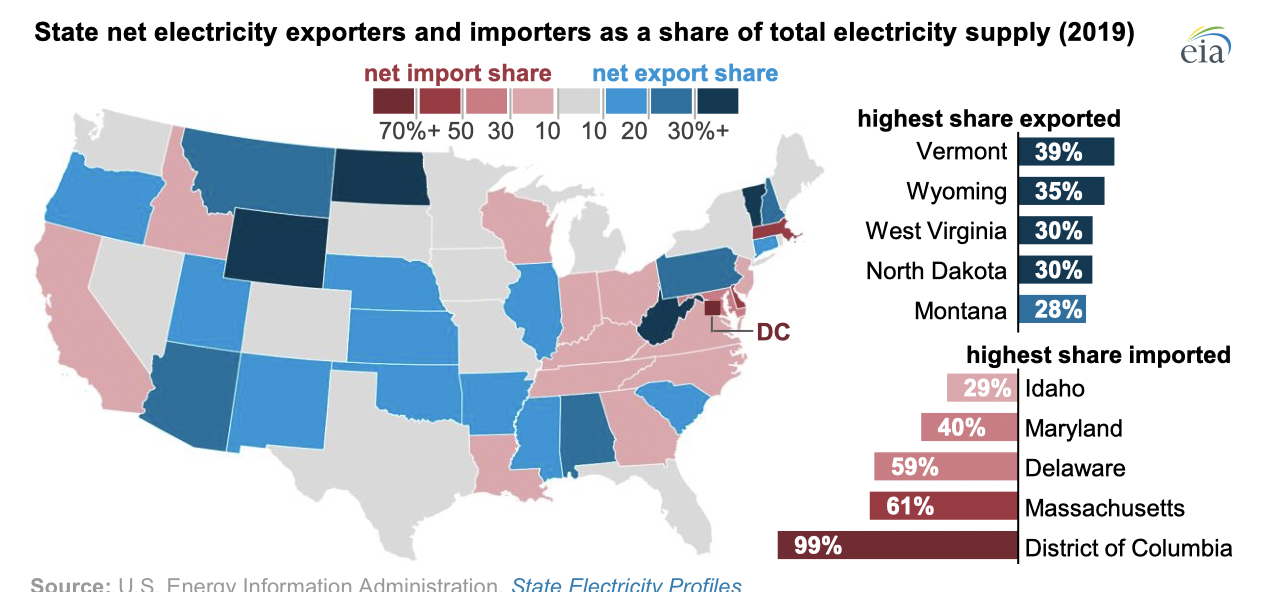


 RSS Feed
RSS Feed